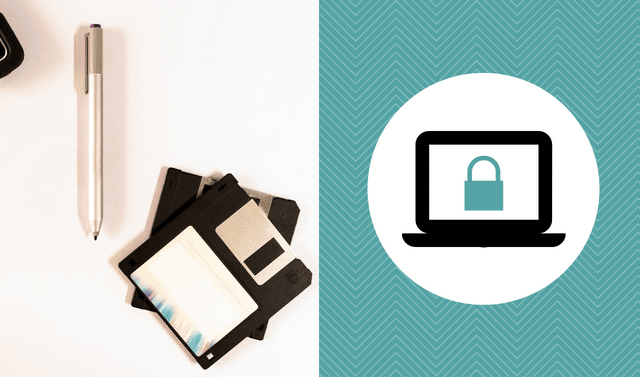Q. Can I store negatives in the jackets from the lab?
A. Not safely. If you’re concerned about losing information, such as dates, on the jackets, you can transfer the negatives and information to either polypropylene pages or to negative holders from archival suppliers. This protects your negatives from the acid and plastic in the folders from the lab.
Q. I have a large framed image that appears to be a drawing of a photograph. What is it?
A. It’s most likely a crayon portrait. Between the mid-19th and early 20th centuries, photographers would create large prints and enhance the background and the subjects’ features — particularly the eyes and hair — with charcoal pencil, chalk or pastel. These portraits were intended for display in the home and came in a variety of sizes.
The portrait in your possession is likely on brittle paper backed with a lightweight fabric. Pieces of the paper may be missing, and the image is probably discolored.
In order to stabilize the print, you should send it to a professional conservator for treatment. If that costs too much, you can store the picture unframed in acid- and lignin-free materials in a box.
Q. What can I do about rolled photographs?
A. Rolled images tend to be oversize or panoramic views of landscapes or groups. The print might be on a lightweight paper that curled in humidity, or someone may have deliberately rolled the photograph to store it.




